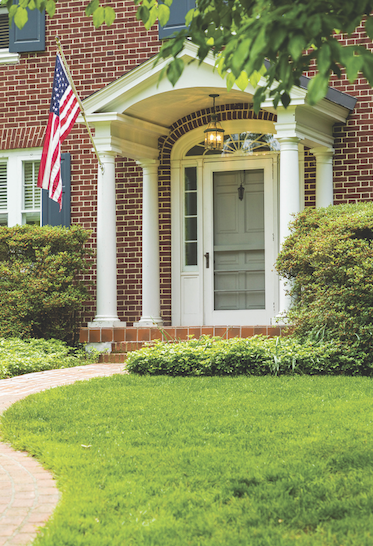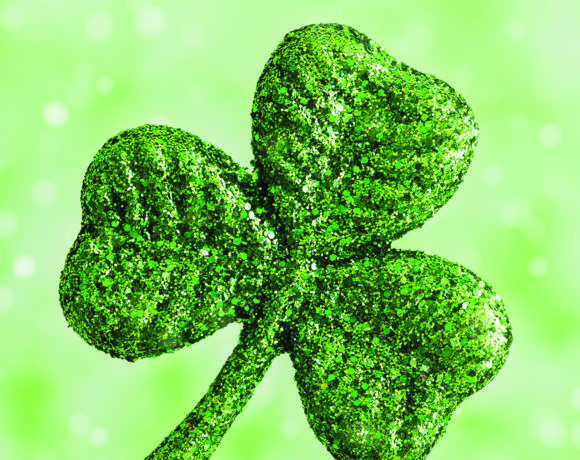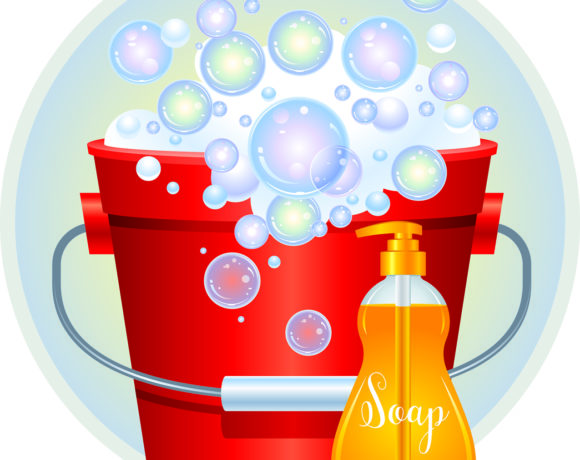A lush, green lawn can vastly improve a home’s curb appeal. Thick, healthy grass indicates that homeowners care enough about their properties to invest the time, effort and money to make them beautiful.
According to the landscaping tool company Troy-Bilt, soil fertility is the foundation of healthy lawns. In fact, the quality of the soil is essential whether one is growing acres of grass, potted plants or vegetable garden beds. No matter which type of soil a homeowner is working with, there are various ways to make it better.
Remove thatch
Thatch is a tightly knotted layer of leaves, grass roots, stems, and other debris that accumulates between the grass blades and the soil. Too much thatch can hinder the movement of water, air and nutrients into the soil. According to organic fertilizer company Organo-Lawn, thatch often occurs if the production of dead organic material in the lawn exceeds the ability of the microorganisms in the soil to break down that organic matter. A half-inch of thatch is normal. If thatch gets too thick, it will need to be removed. The home improvement resource DIY Network says dethatching can take place in the summer, fall and winter using a thatching rake.
Thatch is a tightly knotted layer of leaves, grass roots, stems, and other debris that accumulates between the grass blades and the soil. Too much thatch can hinder the movement of water, air and nutrients into the soil. According to organic fertilizer company Organo-Lawn, thatch often occurs if the production of dead organic material in the lawn exceeds the ability of the microorganisms in the soil to break down that organic matter. A half-inch of thatch is normal. If thatch gets too thick, it will need to be removed. The home improvement resource DIY Network says dethatching can take place in the summer, fall and winter using a thatching rake.
Aerate
A lawn aerator will create holes in the soil. This can improve drainage and encourage worms and helpful microorganisms that require oxygen to thrive in the soil. The Briggs & Stratton Company says the best time to aerate a lawn is during the growing season when the grass can heal and fill in any holes, such as spring and fall. Aeration can help develop deeper grass roots for a healthier lawn.
A lawn aerator will create holes in the soil. This can improve drainage and encourage worms and helpful microorganisms that require oxygen to thrive in the soil. The Briggs & Stratton Company says the best time to aerate a lawn is during the growing season when the grass can heal and fill in any holes, such as spring and fall. Aeration can help develop deeper grass roots for a healthier lawn.
Test and amend soil
A great lawn has loamy soil, which has a key ratio of clay, silt and sand. Silt is a granular material of a size between sand and clay that originates from quartz and feldspar. It is the most fertile of the three types of soil components. Sand does not retain water, but it helps to create spaces in the soil that permit air to circulate. Clay particles are small and bind together tightly, but clay is naturally nutrient-rich. The home improvement site BobVila.com says loamy soil should have equal parts sand and silt and half as much clay.
A great lawn has loamy soil, which has a key ratio of clay, silt and sand. Silt is a granular material of a size between sand and clay that originates from quartz and feldspar. It is the most fertile of the three types of soil components. Sand does not retain water, but it helps to create spaces in the soil that permit air to circulate. Clay particles are small and bind together tightly, but clay is naturally nutrient-rich. The home improvement site BobVila.com says loamy soil should have equal parts sand and silt and half as much clay.
If the lawn is not yet established, loamy soil can be created and then the grass seeds planted. For established soil, after removing thatch and aerating, top-dressing the lawn can help. This involves adding a thin layer of soil over the lawn. It can improve the soil without killing the existing turf. Ideally, it should be done in early fall or spring, as this gives the grass time to grow through three to four more mowings before severe heat or cold sets in.
Healthy soil is vital to a lush lawn. It takes a little work, but improving soil can create vibrant, healthy, green grass.








Recent Comments